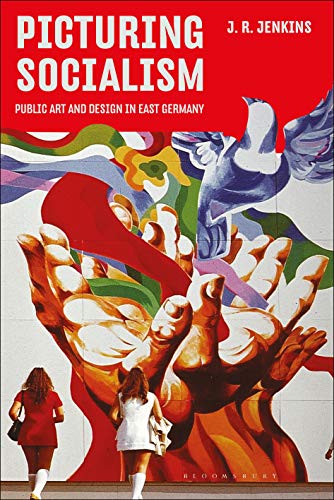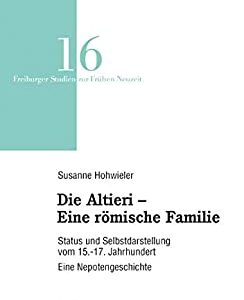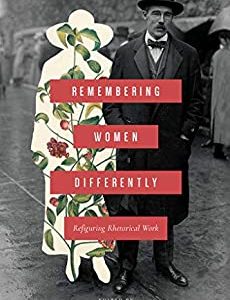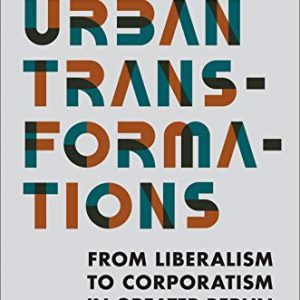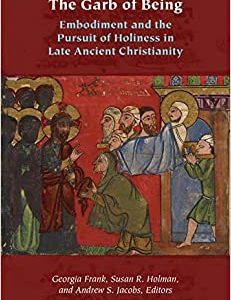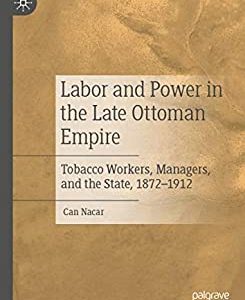This vibrant history of the former German Democratic Republic's public art reveals a barely known but visually and theoretically rich cultural legacy. Picturing Socialism shows how works of art and design in the urban spaces of East Germany were the site of a sustained struggle between practitioners, critics and political leaders. This was not the oft-assumed conflict between artistic freedom and political dogma; at stake was the self-identity of the republic as socialist. Art and its relationship to architecture functioned as the testing ground for East Germany's relationship to socialist realism and modernism against the backdrop of Cold War competition from the neighbouring Federal Republic.
Picturing Socialism makes a timely contribution to the recent groundswell of interest in the legacy of East Germany's art and architecture, illuminating and elucidating the public art which has been lost or remains under threat since unification in 1990.

